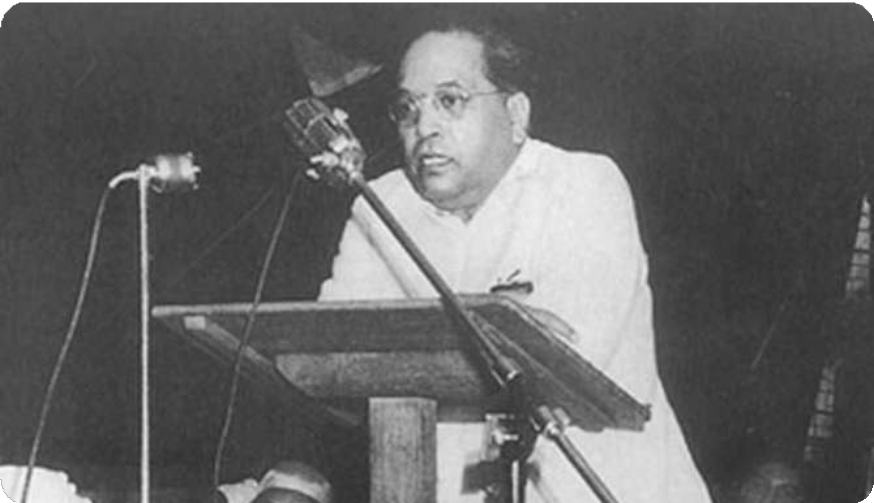The past few years, authoritarian “nationalist” governments have seen a steady resurgence across the world. United States, Turkey, Israel, Poland and Hungary are now governed thus. Some analysts have attributed this rise to various factors – increasing crime rates, immigration- consequently cultural dislocation and welfare dependency, economic stagnation and so on. “Anxiety about order traditionally pushes the public to embrace parties of the right, who most credibly promise to restore order, whether we’re talking about fighting crime or preserving a familiar culture. And anger at corruption and elite self-dealing quite naturally drive the public to punish established leadership and give newcomers a try, and to seek out newcomers who viscerally share their frustration” (Millman,2018). Right wing governments, even the ones elected democratically tend to be authoritarian, conservative and with a tendency of centralization of power in one individual.
One of the questions that is on the minds of the more liberal minded is whether the rise of the right wing is a signal that liberal democracy as we understand it is today is coming to an end with people marking their preference of a more authoritarian government. Secondly, why do people, especially workers and members of the middle class, support political movements spearheaded by fascist dictators, that are diametrically opposed to their economic interests and general well- being? And why do the educated upper classes also join the bandwagon of support for such leaders? The answer lies in the unit of the family and not economy, as one may assume, and the values and emotions that children are taught from a young age. These include religion, patriarchy, authoritarianism, nationalism, and submission, values which are naturally drawn into the ideas of fascism, which is after all a movement that appeals to human emotions and not rational arguments of economics or sensible politics.
Let us begin by addressing the question- What is fascism? “Fascism, as defined by Wilhelm Reich is, “… the basic emotional attitude of man in an authoritarian society, with its machine civilization and its mechanical-mystical view of life,” (Reich: 9) and, “… consequently, there can be ‘fascist Jews’ and ‘fascist democrats’” (Reich: 201). It is important to note that Reich does not view fascist parties as responsible for fascism but point to their mass supporters as the catalyst. He argues that people are inherently attracted to the idea of “fascism,” irrespective of them being Jewish or Christian or anything else, due to an exposure to a lifestyle that is highly mystical and sexually repressive,.. For Reich, fascism is unique because it tends to have, in all instances, the support of the masses. Without that critical support of the masses, it becomes impossible for the “Führer Ideology” (Reich: 207) to take hold. The Fuhrer ideology is grounded in the belief that people must be led by one leader, who is supreme and wise, which in turn lends perfectly to the idea of “patriarchy,” and what children see in their fathers: authoritarian individuals who discipline their children.
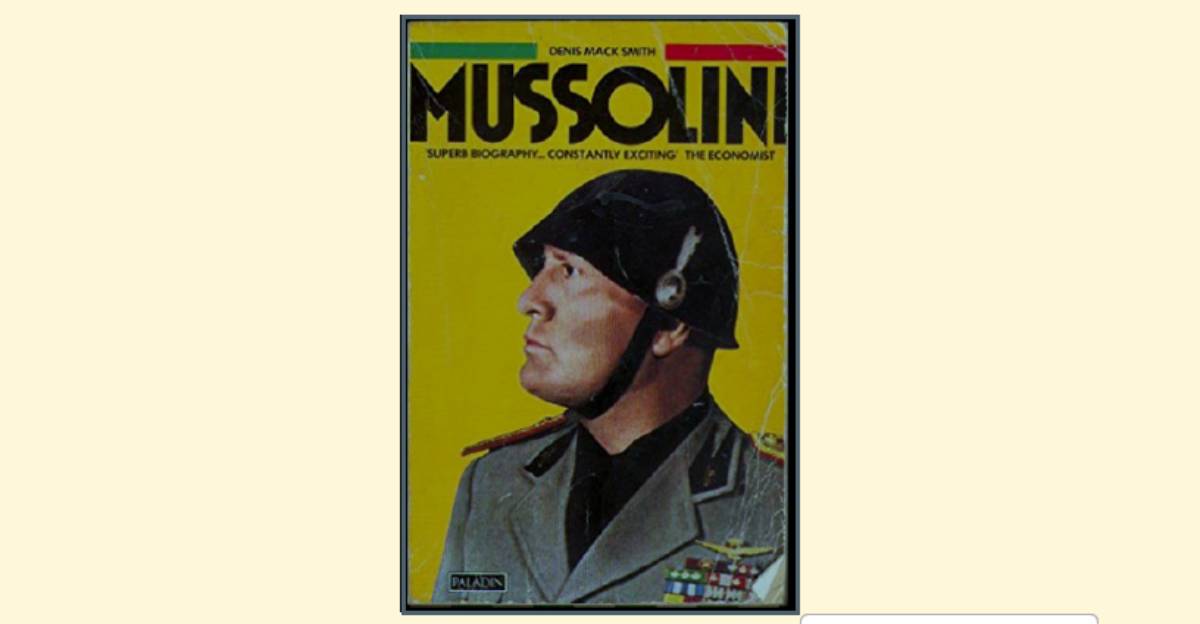
Denis Mack Smith’s Mussolini provides a very good case study for the ideas of Wilhelm Reich, especially that of the “Führer Ideology,” the belief in the necessity for a strong and wise leader; and “mass psychology,” the behaviour and thought processes of individual crowd members or the crowd as an entity. The idea of “Führer Ideology” is specifically illustrated in Smith’s biography of Italian fascist dictator Benito Mussolini, where he also discusses the dictator’s early upbringing, and consistent abusive personality. Smith connects these ideas well with the theory of “mass psychology,” and addresses the question: Why did the Italian people in large measure voluntarily give up their freedom to support a dictator such as Mussolini who reigned supreme for 20 years? The answer is not simple, and lies in a detailed analysis of how Mussolini attained power.
A child’s early upbringing and familial environment can often determine much of his/her lifestyle and personality into adulthood. Mussolini’s childhood was rather dark. While his mother was caring and affectionate, his father, “… believed in corporal punishment and a thick leather strap…” (Smith: 1). The early onslaught of violence resulted in a “… young Mussolini who had a bad-tempered willfulness and a streak of brutality” (Smith: 3). This “brutality,” as expressed by Smith was not salient, and Mussolini was frequently in trouble with both his teachers and with the law. Coming from a family of “revolutionaries” (both his father and grandfather were extreme left-wing socialists), Mussolini was raised in an atmosphere where the law was frequently violated and disrespected. His early run-ins with the law, and his abusive relationship with his alcoholic father, defined much of Mussolini’s later personality. His dominant father fits in perfectly with the idea of “patriarchy” in fascist thought, and what children see, or are meant to see, in their fathers: authoritarian individuals who discipline their children. Later on in his teenage years, Mussolini, “… sought quarrels for their own sake and because he needed to dominate” (Smith: 3). Years of beatings with a leather strap left Mussolini a weakling at home who was suppressed sexually, and so outside, he exerted his hidden aggression, demonstrating a need to “dominate” other people. Smith’s example of him raping a prostitute, who cried foul at his actions, proves this point of a hidden aggression and ungratified sexuality.
The example of Mussolini’s family needs to be viewed in conjunction with Reich’s view on the family unit and its ties to religion. Reich addresses the fallacy that religion is opposed to fascism, and that the two cannot be reconciled. He writes that, “fascism, we are told, is the arch enemy of religion, and a regression to paganism. On the contrary, fascism is the extreme expression of religious mysticism” (Reich: 10). Earlier Reich had attributed “fascism” to a mystical lifestyle of the masses. He believes that fascism is the mentality of a “little man” who yearns for authority while rejecting it at the same time; similar to a hormonal teenager, who needs structure and discipline from his father, but rejects it when imposed. The teenager later embraces the need for structure through the “Führer Ideology,” by supporting a leader who in many ways resembles a parent, and a God. Reich writes that the, “…idea of God is identical with the idea of the father…” (p.144). Fascism seems to provide the submission that many youth desire in their lifestyle.
Mussolini’s mother was quite religious, but due to his father’s influence, he himself was shielded from the Church from a young age. This desire for God, or someone like God, is apparent in Mussolini’s later life, when he becomes dictator of Italy. The structured military parades, the flashy and colourful uniforms of the army, the posters of young women urging men to fight for the “Fatherland” etc., are all examples of how sexual symbolism in everyday life is essential to understanding the psyche of the fascist. Both Mussolini and Hitler embraced these facets in their rule. Parades were essential to display “power” and authority, while both leaders also had a knack for wearing military uniforms, and were rarely ever seen in business attire. .
Now, to the fundamental question: why do workers support parties that are opposed to their economic interests? Reich explains that it is because the worker is essentially in conflict with himself (p.40):
On one hand, his psychological structure derives from his social position, which tends to make him revolutionary, on the other hand, from the total atmosphere of authoritarian society, which tends to make him conservative. Thus, his revolutionary and his conservative tendencies are in conflict with each other.
Workers, who are generally brought up in traditional family units, are on the one hand religious and socially conservative, but on the other hand, supporters of leftist economic policies that are naturally beneficial to their class and background. When these two come into conflict, it results in irrational thoughts and ideas, that then lend itself to support fascism, which seems to fill in gaps and yearnings for structure and discipline.
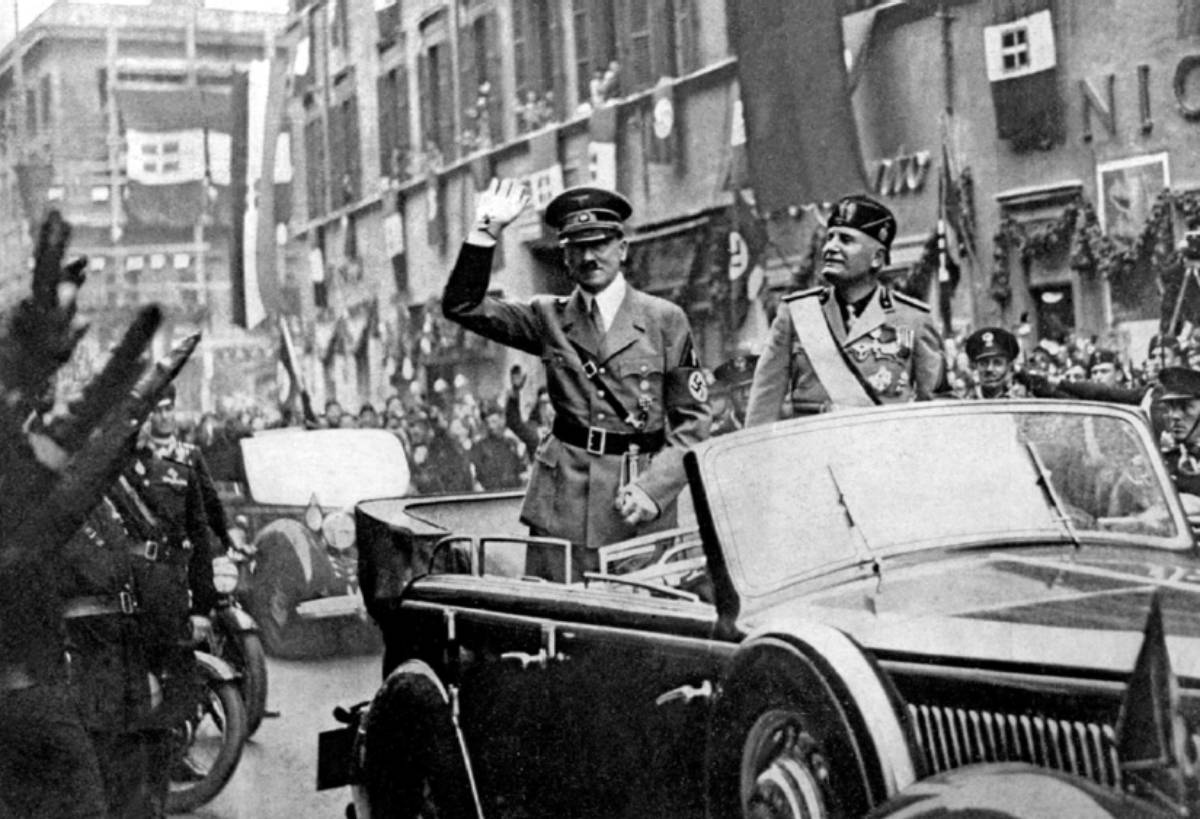
Reich’s next interesting point is about “… the method of research which developed over many years through the application of functionalism to human sex life…” (Reich: 3). In this context, functionalism is geared to the masses from where Nazism arose, the idea that fascist beliefs begun in the masses and nowhere else. Reich seems to suggest that the sexual lives of people have become repressed through fear: of family, of government, and of religion as we discussed earlier. He writes that, “religion subjects all human life to a supernatural, eternal authority. It demands denial, sacrifice, the renunciation of desire” (Reich: 137), that leads to numerous problems for the youth as they become sexually uneducated and therefore, repressed and in fear of sexuality. “The formation of the authoritarian structure takes place through the anchoring of sexual inhibition and sexual anxiety” (Reich: 47), which is what Reich believes happened in the case of Nazi Germany where the parent (father) and the modesty of the Church discouraged sexual freedom, leading to ungratified sexuality that soon became rage (Reich: 266).
Women in fascist countries in Europe, were assigned a predominantly sexual reproductive role. This is also important in understanding the psyche of a fascist leader and follower. The role of women changed dramatically in both world wars, where the lack of labour, due to men being deployed in battle, created a vacuum that was filled by women workers. After the war was over, these women continued to work outside the home, much to the dismay of the men, who were happier if their wives stayed at home, looking after the children. Women too were victim of restricted sexuality: “The woman is not supposed to be a sexual being, only the producer of children” (Reich: 109). In Hitler’s Germany, the position of women was as the bearer of children, and as mothers to the future generation of Aryans. In fact, women were given medals, “The Cross of Honour of the German Mother,” based on how many Aryan children they produced as an incentive. Thus, for a woman to be sexually liberated and promiscuous resulted in her being labelled a “whore,” while a woman who bore children was labelled a “respectable women.”
Mussolini also follows the similar fascist practice of decreeing a woman’s sexual function: “… fascism laid down the duty of all Italians to produce more children” (p.109). Talking about sex is taboo even today in many places, but the mindset that was introduced by fascist leaders like Hitler and Mussolini ingrained the role of a woman as a mother and homemaker, and nothing else. Even Mussolini’s own wife was rarely seen in public and not much information was known about her. This was, as Smith points out, deliberately done as to not overshadow Mussolini himself.
Mussolini’s early involvement in politics began when he took “ownership of the Popolo d’Italia…”, which like Hitler’s Völkischer Beobachter, was used to mobilise a personal following (Smith: 39). Mussolini effectively used the power of print media to spread his message, that attracted support from a plethora of people including: “… a rag-bag of futurists, anarchists, communists, syndicalists, republicans, Catholics, nationalists and liberals of various kinds” (p.35). Reich was of the view that the masses who lent support to fascism were not drawn in to the ideology, but rather fascism was already an inherent part of their psyche and so a natural option for them to support, and Smith’s point of Mussolini’s various support groups lends credence to this point. In fact, fascism truly became a heart’s desire for the Italian people (Smith: 40).

Every Italian could see some potential or interest in the platform of the fascist Mussolini. Throughout his career, Mussolini himself flip-flopped between the left and right wings of politics, believing that fascism could “naturally” join with any political ideology as long as it obtained power as a result. This begs the question: how do the “führers” lead to one supreme “Führer”? It happens when one leader completely monopolizes being a tyrant and eradicates all other extremes in society. Hitler purged the Nazi Paramilitary Wing (SA, also called “Brown Shirts” spoofed by Wodehouse as “Black Shorts”) in the Night of the Long Knives. Mussolini too eradicated his foes in parliament by consuming their agenda into his own platform. The petri dish in which fascism is born is actually the arena of competitive authoritarianism, where party factions, interest groups and private militias compete to monopolise the claim of representing “real” fascism.
Mussolini, to appease the right wing during his time in parliament, “… claimed that Italians… [were] representatives of the Aryan race” (Smith: 43). Interestingly, Mussolini adopts Hitler’s idea of “a pure Aryan race,” which is paradoxical with the Italian reality of not having “blond hair and blue eyes,” except perhaps in the northern regions bordering the Austrian and German Alps.
Education and propaganda were also important facets of Mussolini’s premiership. Smith writes that he ordered the, “… changing off the school curriculum in order to provide fascism with the correct antecedents and a context of historical inevitability” (Smith: 132). History was a major priority for the Mussolini Government, and a “correct view” of Italian history was produced, with claims of Italian superiority in almost every field imaginable. Mussolini was very effective in creating a mass cult following. The crowds loved him, and the “idea” of him. A supreme, wise, and nearly God-like figure, the Italian people were won over. One could argue that this “propagation of the legend of an omniscient, all wise-Duce, and this cult of ducismo was … the most novel and effective feature of Italian fascism” (Smith: 123), similar to Hitler in Nazi Germany.
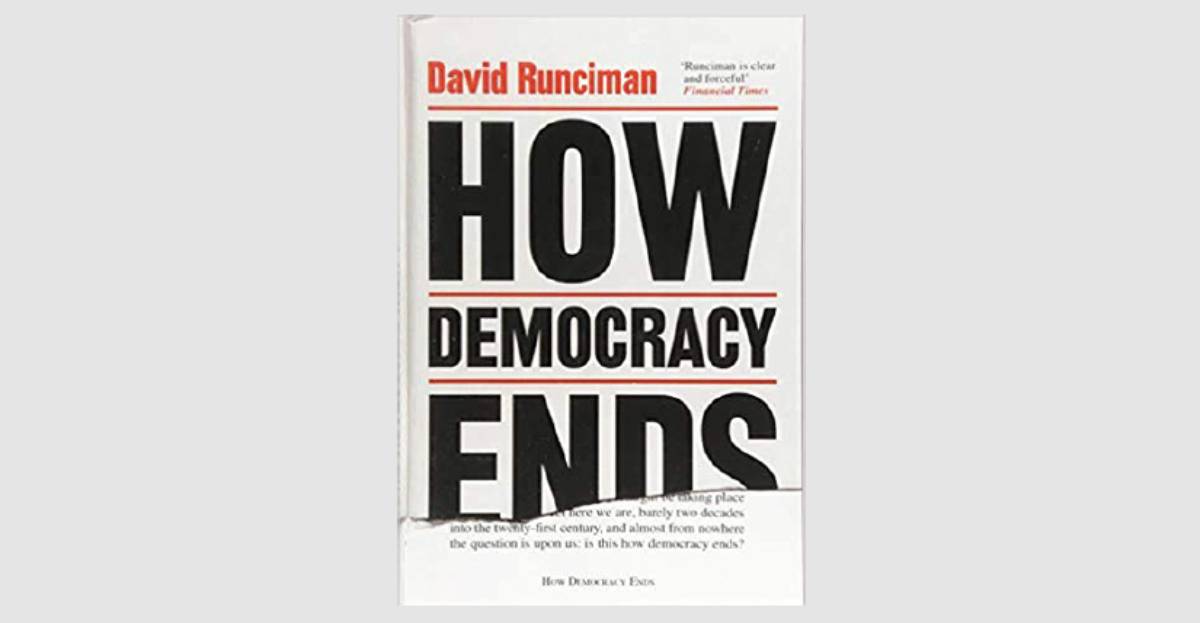
Mussolini was also a fan of Gustave Le Bon, a French psychologist who “explained how crowds are moved, not by reason, but by delusions, often quite simple delusions, by irrational and involuntary beliefs …” (Smith: 127). The best way to promote irrationalism was by increasing the feeling of insecurity among the masses, which was an expedient way to foment disorder (Smith: 47). In a time of crisis, for a leader like Mussolini to step in and solve it was equivalent to an “act of God.” Interestingly, Mussolini also shows similarities with other fascist leaders when it comes to a display of strong masculinity. Smith writes that, “After 1930, nearly all photographs show Mussolini in uniform, unless posing among bathers at Riccione or with bare torso among the peasants at harvest time…” (Smith: 107). This obsession with bare chests and God-like physical qualities is a consistent feature of Mussolini.
Like Hitler and Mussolini, many fascist leaders also effectively use patriotism and nationalism to evoke emotional responses from their audience. Denis Mack Smith explores the idea of the “mass crowd,” and how Mussolini effectively used “collective destiny” to sway the crowd in his support. David Runciman in How Democracy Ends, writes that in his inaugural address Trump said: “we all bleed the same red blood of patriots” (p.12). Such statements are deeply moving in a society that has often prided itself on military might. The American psyche revolves around tributes to the fallen soldier, America’s pride. This idea of “collective destiny” is important to explore, as Runciman argues that in effect, it is the Chinese model of governance. In reference to China, Runciman writes: “Pragmatic twenty-first century authoritarianism represents a real alternative to contemporary democracy… Which do we prefer: personal dignity or collective dignity?” (Runciman: 173). Runciman argues that the Chinese have successfully convinced the masses to accept “collective dignity” over “individual liberties.” They did so because of the economic success achieved by the Chinese Government, and no Chinese would want to fight against a system that has benefitted them. Is this the trend, of the Chinese and Singapore model of “collective destiny” that encourages people to vote the fascist way? It can certainly be argued that many consider personal benefits as secondary to the national agenda.
Runciman makes an interesting connection between economics and government choice. He writes: “No democracy has reverted to military rule once GDP is greater than $8000 per person. Why? It is hard to say for sure. But it seems likely that greater wealth changes the incentive structure for those involved” (Runciman: 31). No people would knowingly fight a system that has benefitted them economically. On the other hand, “the absence of economic growth has repeatedly fueled the rise of populist anger” (Runciman: 192). Look at Nazi Germany and fascist Italy, both societies choose dictators because of a suffering economy that plagued them for many years prior. Germany was in deep recession while Italy was nowhere near economically stable. Hitler and Mussolini effectively used this fear of economic distress to win support.
Our analysis indicates that today there is a major contradiction between the preservation of constitutional values and the fertile crucible among the masses for strong leadership to the point of tyranny. Fascist leaders are not born fascist, but are created and found by the public. In the democratic context, majoritarianism leads to fascism, as the consolidation of power at the very top of any government naturally results in consolidation for one powerful “führer” leader.
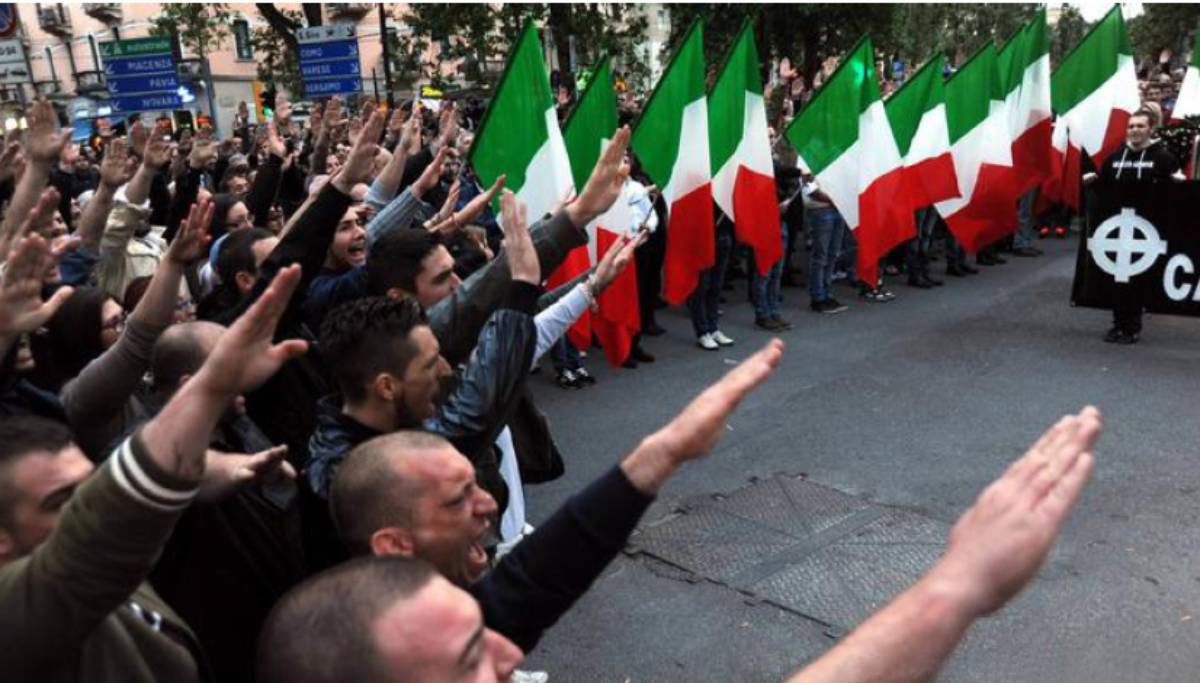
Works Cited
Reich, Wilhelm. The Mass Psychology of Fascism. New Delhi: Aakar Books Classics, 2015. Print. Smith, Denis Mack. Mussolini. Alfred A. Knopf (New York), 1982. Print.
Runciman, David. How Democracy Ends. Basic Books (New York), 2018. Print.
Millman, Noah https://theweek.com/articles/804453/why-are-rightwing-populists-winning- everywhere; accessed on 16th September 2019
*Mr Aryan D’Rozario is an Intern at RGICS, studying at University of California, Santa Cruz.




